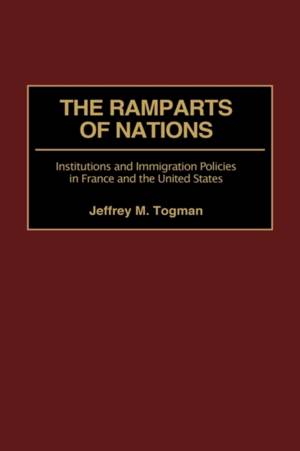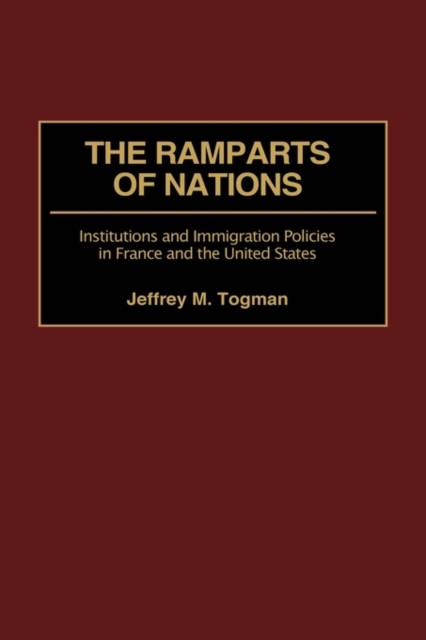
- Afhalen na 1 uur in een winkel met voorraad
- Gratis thuislevering in België vanaf € 30
- Ruim aanbod met 7 miljoen producten
- Afhalen na 1 uur in een winkel met voorraad
- Gratis thuislevering in België vanaf € 30
- Ruim aanbod met 7 miljoen producten
Zoeken
The Ramparts of Nations
Institutions and Immigration Policies in France and the United States
Jeffrey M Togman
Hardcover | Engels
€ 93,45
+ 186 punten
Omschrijving
Togman provides a comparative analysis of French and U.S. immigration policies from 1945 to 2000. He explores why nations implement the immigration policies they do, why some governments allow or even encourage large-scale immigration while others restrict it, why some states shift from liberal to restrictive entry policies and vice versa.
Focusing on critical historical junctures, Togman illustrates how different institutional structures in France and the United States led these countries to implement divergent entry policies. Political institutions are shown to act as an intervening variable, helping determine what, if any, influence other factors such as economic conditions and cultural traditions have over a nation's immigration laws. Scholars and students of French politics, U.S. politics, comparative politics, and immigration policies will find this work helpful.Specificaties
Betrokkenen
- Auteur(s):
- Uitgeverij:
Inhoud
- Aantal bladzijden:
- 176
- Taal:
- Engels
Eigenschappen
- Productcode (EAN):
- 9780275972547
- Verschijningsdatum:
- 30/10/2001
- Uitvoering:
- Hardcover
- Formaat:
- Genaaid
- Afmetingen:
- 163 mm x 243 mm
- Gewicht:
- 408 g

Alleen bij Standaard Boekhandel
+ 186 punten op je klantenkaart van Standaard Boekhandel
Beoordelingen
We publiceren alleen reviews die voldoen aan de voorwaarden voor reviews. Bekijk onze voorwaarden voor reviews.











